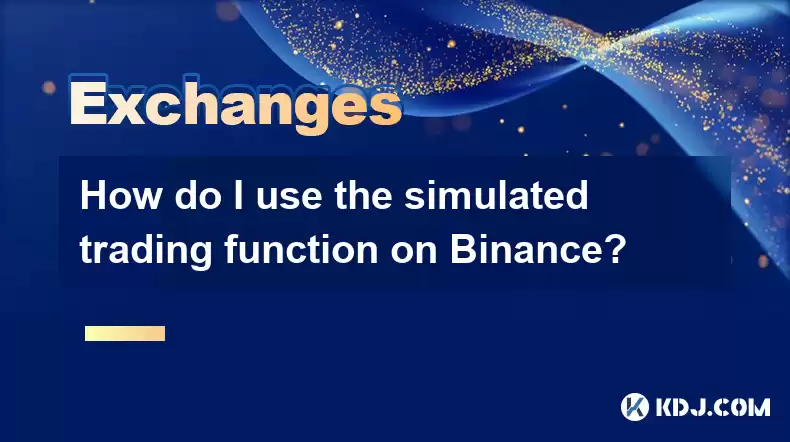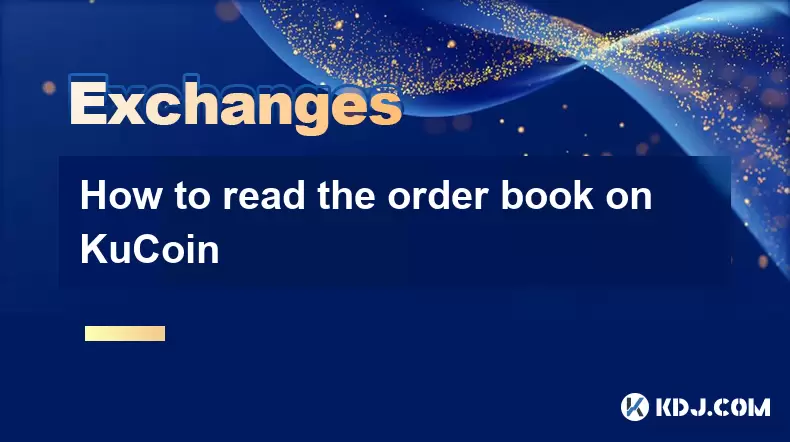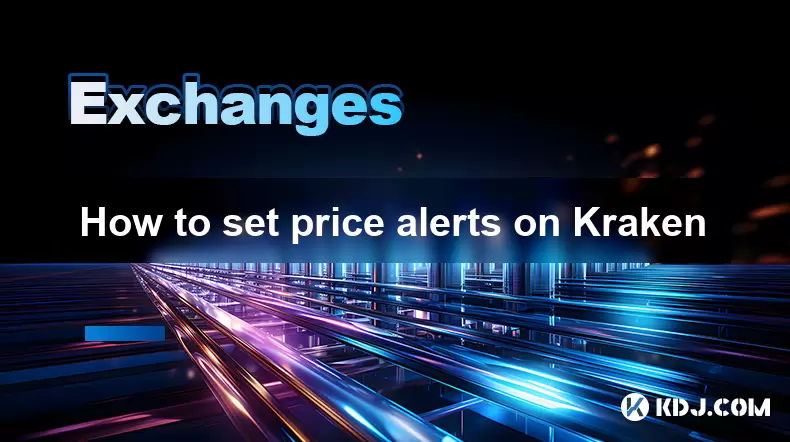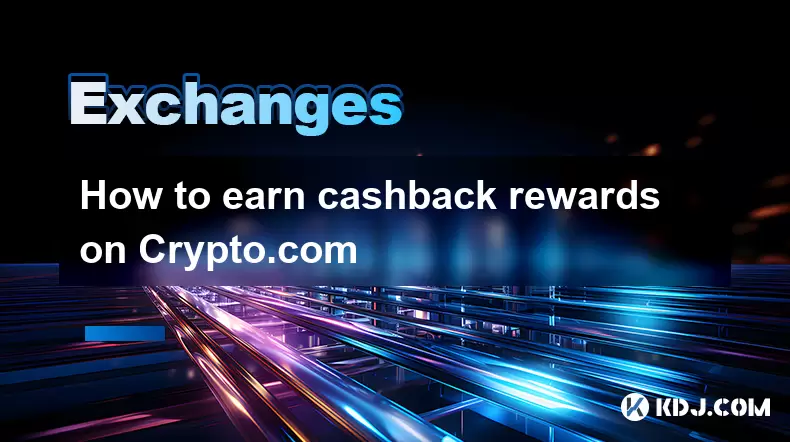-
 Bitcoin
Bitcoin $118800
-0.34% -
 Ethereum
Ethereum $4237
-0.62% -
 XRP
XRP $3.141
-1.79% -
 Tether USDt
Tether USDt $1.000
0.00% -
 BNB
BNB $808.8
0.01% -
 Solana
Solana $175.2
-3.73% -
 USDC
USDC $0.0000
0.01% -
 Dogecoin
Dogecoin $0.2238
-4.06% -
 TRON
TRON $0.3466
2.21% -
 Cardano
Cardano $0.7761
-3.07% -
 Hyperliquid
Hyperliquid $43.18
-4.79% -
 Chainlink
Chainlink $21.07
-3.83% -
 Stellar
Stellar $0.4347
-2.12% -
 Sui
Sui $3.686
-4.85% -
 Bitcoin Cash
Bitcoin Cash $581.5
1.78% -
 Hedera
Hedera $0.2488
-4.10% -
 Ethena USDe
Ethena USDe $1.001
-0.03% -
 Avalanche
Avalanche $22.89
-3.94% -
 Litecoin
Litecoin $120.0
-2.10% -
 Toncoin
Toncoin $3.394
1.58% -
 UNUS SED LEO
UNUS SED LEO $8.976
-1.54% -
 Shiba Inu
Shiba Inu $0.00001297
-4.26% -
 Uniswap
Uniswap $11.08
0.60% -
 Polkadot
Polkadot $3.873
-4.40% -
 Cronos
Cronos $0.1682
2.02% -
 Dai
Dai $1.000
0.00% -
 Ethena
Ethena $0.8056
-2.09% -
 Bitget Token
Bitget Token $4.413
-0.95% -
 Monero
Monero $264.4
-0.70% -
 Pepe
Pepe $0.00001122
-7.04%
How do I use the simulated trading function on Binance?
Binance's simulated trading, accessible via Futures or Options sections, uses virtual funds to let users practice strategies risk-free, mirroring real market conditions but lacking the psychological pressures of live trading.
Mar 18, 2025 at 04:12 pm

Key Points:
- Binance's simulated trading utilizes a virtual balance, allowing risk-free practice.
- Accessing the simulated trading feature requires navigating to the Futures or Options sections, depending on your chosen asset class.
- The virtual funds provided are sufficient for testing strategies and gaining experience.
- Simulated trading mirrors real market conditions, offering realistic trading experience.
- Careful observation of order types, leverage, and position management is crucial during simulation.
- While helpful, simulated trading does not perfectly replicate the psychological pressures of real trading.
How Do I Use the Simulated Trading Function on Binance?
Binance offers a valuable simulated trading function, allowing users to practice trading without risking real funds. This feature provides a crucial environment for beginners to learn the platform's interface and develop trading strategies. Experienced traders can also use it to test new approaches in a risk-free setting. Let's explore how to access and utilize this powerful tool.
Accessing Simulated Trading on Binance:
To access Binance's simulated trading, you first need a Binance account. Once logged in, the location of the simulated trading function depends on the asset class you wish to practice with.
- For Futures Trading Simulation: Navigate to the "Futures" section of the Binance platform. Look for an option to switch to "Testnet" or "Simulated Trading." The exact wording might vary slightly depending on platform updates. Once selected, you'll be given a virtual balance to start practicing.
- For Options Trading Simulation: Similar to Futures, the Options section will typically have a "Simulated Trading" or "Demo Account" option. This allows you to practice options trading strategies without financial risk. Again, the exact wording might vary slightly.
Once you've selected the simulated trading environment, you'll be presented with a virtual account containing a pre-loaded amount of virtual funds. This amount is usually sufficient for experimenting with various trading strategies and order types.
Navigating the Simulated Trading Interface:
The interface for simulated trading largely mirrors the interface for real trading. This ensures a realistic trading experience. You can place market orders, limit orders, stop-loss orders, and take-profit orders, just as you would in live trading. The order book, charts, and other essential tools will also be available.
This similarity is crucial for effective practice. It allows you to become comfortable with the platform's layout and functionality before committing real capital. Remember to familiarize yourself with all the features and tools available to you.
Utilizing Leverage and Position Management:
Simulated trading is particularly useful for learning about leverage and position management in futures and options trading. You can experiment with different leverage levels to see how they impact your potential profits and losses. Practice setting appropriate stop-loss orders and take-profit orders to manage your risk effectively.
Pay close attention to how your positions react to market movements. This practice will help you develop better risk management skills. Remember, even in simulated trading, poor risk management can lead to significant virtual losses, highlighting the importance of sound strategies.
Order Types and Advanced Features:
Binance offers a range of order types, including market orders, limit orders, stop-limit orders, and more. Simulated trading allows you to explore all these order types without any financial repercussions. Experiment with different order types and understand their implications in various market conditions.
The simulated environment also provides access to many advanced features, such as trailing stop orders and iceberg orders. Explore these to expand your trading knowledge and refine your strategies. Understanding these features before using them with real money is highly beneficial.
Limitations of Simulated Trading:
While simulated trading is an invaluable tool, it's essential to understand its limitations. One key limitation is the lack of emotional pressure associated with real-money trading. The psychological impact of potential losses is absent in a simulated environment.
This means that simulated trading, while excellent for practicing mechanics, may not fully prepare you for the emotional rollercoaster of live trading. Therefore, consider it a crucial step in your learning journey, but not the sole method of preparation.
Frequently Asked Questions:
Q: How much virtual money do I get in Binance's simulated trading?
A: The amount of virtual funds provided varies but is generally sufficient for practicing various trading strategies. The exact amount may change over time.
Q: Can I use simulated trading to test algorithmic trading strategies?
A: Yes, Binance's simulated trading environment is suitable for testing and backtesting automated trading strategies.
Q: Is simulated trading available for all Binance products?
A: Simulated trading is primarily available for Futures and Options trading. Spot trading usually doesn't have a direct simulated equivalent.
Q: Will my simulated trading performance reflect my real trading performance?
A: While simulated trading offers valuable practice, it doesn't perfectly predict real-world results due to the absence of emotional factors and potential unforeseen market events.
Q: Can I transfer my virtual funds to my real account?
A: No, the virtual funds used in simulated trading are for practice only and cannot be transferred or withdrawn.
Q: How often is the simulated trading environment updated to reflect real market conditions?
A: The simulated environment usually mirrors real market data in real-time, offering a very close representation of the actual market. However, it’s always best to check the platform’s updates for the latest information.
Disclaimer:info@kdj.com
The information provided is not trading advice. kdj.com does not assume any responsibility for any investments made based on the information provided in this article. Cryptocurrencies are highly volatile and it is highly recommended that you invest with caution after thorough research!
If you believe that the content used on this website infringes your copyright, please contact us immediately (info@kdj.com) and we will delete it promptly.
- Dogecoin's Wild Ride: Big Holders, Price Push, and What's Next for the Meme Coin
- 2025-08-12 08:30:12
- Bitcoin to $133,000? Here's What the Experts Are Saying
- 2025-08-12 08:30:12
- Dogecoin, Meme Coins, and Whale Buys: What's the Hype?
- 2025-08-12 06:50:12
- Bitcoin, Ethereum, and the Pump-and-Dump Merry-Go-Round: A New Yorker's Take
- 2025-08-12 07:10:12
- MAGACOIN Mania: Why Holders Are Staking Their Claim in This Bull Season
- 2025-08-12 06:30:13
- Heritage Distilling's Bold Bet: A $360M IP Treasury Powered by Story Protocol
- 2025-08-12 06:30:13
Related knowledge

How to use margin trading on Poloniex
Aug 08,2025 at 09:50am
Understanding Margin Trading on Poloniex

How to read the order book on KuCoin
Aug 10,2025 at 03:21pm
Understanding the Order Book Interface on KuCoinWhen accessing the order book on KuCoin, users are presented with a real-time display of buy and sell ...

How to read the order book on KuCoin
Aug 12,2025 at 02:28am
Understanding the Basics of Staking in CryptocurrencyStaking is a fundamental concept in the world of blockchain and cryptocurrencies, particularly wi...

How to set price alerts on Kraken
Aug 11,2025 at 08:49pm
Understanding Price Alerts on KrakenPrice alerts on Kraken are tools that allow traders to monitor specific cryptocurrency pairs for price movements. ...

How to earn cashback rewards on Crypto.com
Aug 12,2025 at 02:08am
Understanding Cashback Rewards on Crypto.comCashback rewards on Crypto.com are a feature designed to incentivize users to spend using their Crypto.com...

How to use advanced trading on Gemini
Aug 08,2025 at 04:07am
Understanding Advanced Trading on GeminiAdvanced trading on Gemini refers to a suite of tools and order types designed for experienced traders who wan...

How to use margin trading on Poloniex
Aug 08,2025 at 09:50am
Understanding Margin Trading on Poloniex

How to read the order book on KuCoin
Aug 10,2025 at 03:21pm
Understanding the Order Book Interface on KuCoinWhen accessing the order book on KuCoin, users are presented with a real-time display of buy and sell ...

How to read the order book on KuCoin
Aug 12,2025 at 02:28am
Understanding the Basics of Staking in CryptocurrencyStaking is a fundamental concept in the world of blockchain and cryptocurrencies, particularly wi...

How to set price alerts on Kraken
Aug 11,2025 at 08:49pm
Understanding Price Alerts on KrakenPrice alerts on Kraken are tools that allow traders to monitor specific cryptocurrency pairs for price movements. ...

How to earn cashback rewards on Crypto.com
Aug 12,2025 at 02:08am
Understanding Cashback Rewards on Crypto.comCashback rewards on Crypto.com are a feature designed to incentivize users to spend using their Crypto.com...

How to use advanced trading on Gemini
Aug 08,2025 at 04:07am
Understanding Advanced Trading on GeminiAdvanced trading on Gemini refers to a suite of tools and order types designed for experienced traders who wan...
See all articles

























































































